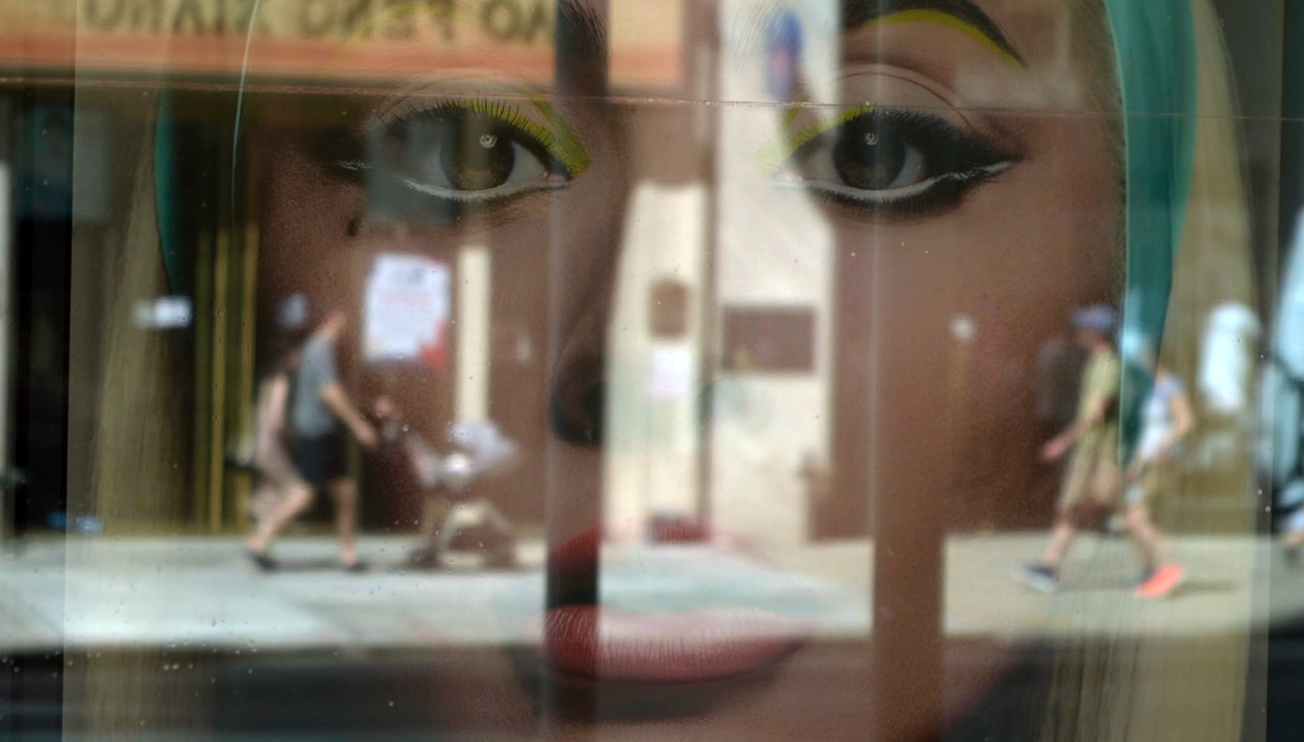Keywords: The Weekly, Apple's Gold, Brent McDonald, documentary, investigative journalism, technology, environment, child labour, Congo, Apple, 2019, New York Times, iPhone. Three words: 'Exposing' 'Revealing' 'Provocative'
"The Weekly: Apple’s Gold" is a gripping documentary directed by Brent McDonald and released in 2019. It showcases the powerful investigative journalism of The New York Times as it uncovers the dark underbelly of the technology industry, focusing on the controversial practices surrounding the extraction of gold used in Apple's iPhones.
Synopsis
The documentary follows a team of New York Times journalists as they journey to Congo, investigating the illegal gold trade that fuels the production of Apple's most popular product - the iPhone. The film reveals shocking instances of child labour and inhumane work conditions, raising questions about corporate responsibility and consumers' complicity in these practices.
Analysis
"The Weekly: Apple’s Gold" employs an observational style, allowing viewers to accompany journalists on their investigative journey. The depth of research is commendable, as it uncovers a rarely seen aspect of the global technology industry. The documentary's approach leaves no stone unturned as it explores the devastating human and environmental cost of our technological consumerism.
Historical and Factual Context
Gold is a key component in the manufacturing of electronic devices due to its excellent conductivity and resistance to tarnish. Congo, being rich in gold, has been exploited for its resources, often through illegal mining. The gold is then smuggled out of the country and sold to companies worldwide, including major tech giants. The documentary brings this issue into context, highlighting the urgent need for ethical sourcing.
Key themes in the film
- Corporate responsibility
- Technology and environment
- Child labour and human rights
- Consumer awareness and complicity
Film Comparisons
"The Weekly: Apple’s Gold" can be compared to "Blood Diamonds", which similarly exposes the dark side of the diamond industry. However, "Apple’s Gold" stands out for its focus on the tech industry and the role of consumer products in perpetuating these practices.
Noteworthy Moments
A significant moment in the documentary is the journalists’ encounter with child miners, a heartbreaking revelation that underscores the human cost of our consumer habits.
Reviews
"The Weekly: Apple’s Gold" has been lauded for its brave journalism and eye-opening revelations. Critics have praised it as a "must-watch for anyone with a smartphone."
Conclusion
"The Weekly: Apple’s Gold" is an important documentary that highlights the urgent need for ethical sourcing in the tech industry. It's a must-watch for anyone interested in understanding the true cost of their gadgets.
More film information:
FILM SUMMARY
- IMDB score: 7.3/10
- Rotten Tomatoes score: 85%
- Metacritic score: N/A
- Film festival awards: N/A
PERSONALITIES
- Brent McDonald: Director
- The New York Times: Investigative Journalists
LOCATIONS
- Congo: Primary location of the investigation
Key Questions Raised by the Film:
- How can tech companies ensure ethical sourcing of materials?
- How can consumers make more informed decisions about the products they buy?
- What is the role of investigative journalism in exposing these issues?
- How can governments and international bodies regulate illegal mining?
Links for Further Exploration:
I wonder what the film would be in another art form



- If this film was a famous book, which one would it be? "The Jungle" by Upton Sinclair, for its exposé of labour conditions.
- If this film was a famous song, which one would it be? "Dirty Laundry" by Don Henley, reflecting the theme of media exposing uncomfortable truths.
- If this film was a famous piece of art, which one would it be? Picasso's "Guernica", for its depiction of the harsh realities of war and suffering.
- If this film was a famous celebrity, who would it be? Leonardo DiCaprio, for his environmental activism and efforts to expose injustice.
- If this film was a color, which one would it be? Grey, representing the murky ethics of the tech industry.
- If this film was a music style, which one would it be? Protest song, for its call to action against injustice.








